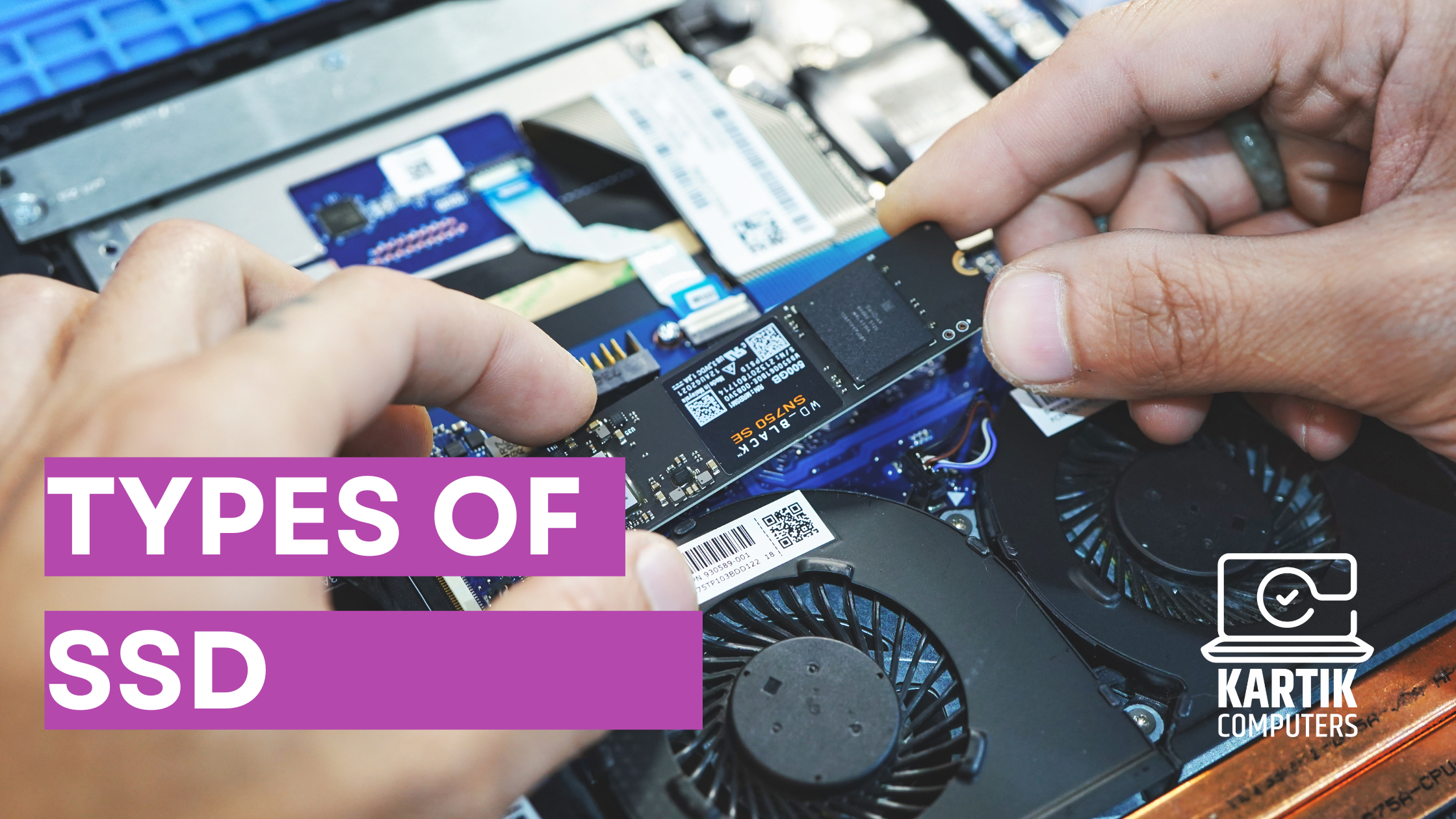Types of SSD
There are several types of SSDs (Solid State Drives) available in the market, including:

- SATA SSD: This type of SSD uses a SATA interface to connect to a computer’s motherboard. It is one of the most commonly used SSDs and provides faster data transfer speeds compared to traditional hard drives.
- PCIe NVMe SSD: This SSD connects to a computer’s PCIe slot and uses NVMe (Non-Volatile Memory Express) protocol for faster data transfer rates. NVMe SSDs are typically more expensive but provide significantly faster read and write speeds compared to SATA SSDs.
- M.2 SSD: This type of SSD is a small form factor drive that can be connected directly to the motherboard using an M.2 slot. It can use either the SATA or PCIe interface.
- U.2 SSD: Also known as SFF-8639, this SSD uses a U.2 interface and can be used for enterprise-level storage applications.
- SAS SSD: This SSD uses the Serial Attached SCSI interface and is typically used for enterprise-level storage applications.
- Hybrid SSD: This type of SSD combines both solid-state storage and traditional hard disk drive storage into a single unit. It uses a small amount of high-speed flash memory to store frequently accessed data, while less frequently accessed data is stored on the hard drive portion of the unit.
Overall, the type of SSD that is most suitable for you will depend on your specific needs and the compatibility of your computer’s motherboard.

